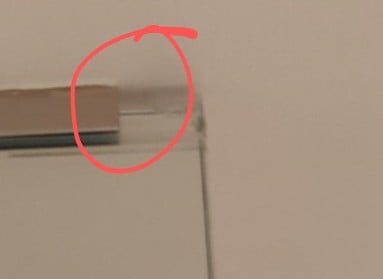I agree. When I was talking about “processed food”, I was talking about food that has been processed too much, i. e. cooked to oblivion, loaded up with preservatives, artificial flavor, colors etc. to maximize profit by making it last longer, be more attractive / “tasteful” to the point of addiction (think chips) no matter the nutritional value.
Food is of course processed even in the home kitchen, and there are processing methods that are totally fine (let’s say freezing, canning) and that have a long cultural tradition without adverse effects.
However, I think it’s hard to dispute that industrially processed (fast) food, convenience food, snacks, super high calorie foods etc. are a real problem. I honestly also blame e. g. the expectation society has with respect to its workers who can’t necessarily afford (money, time) to regularly prep healthy food at home, given the schedule imposed on them.













Didn’t I just say that in the comment you replied to?
Also, ultraprocessed food is a fixed term that refers to
It’s used as such in studies and reports.
https://pmc.ncbi.nlm.nih.gov/articles/PMC10261019/